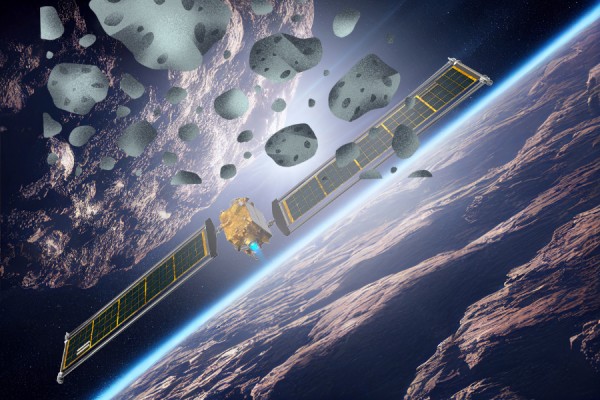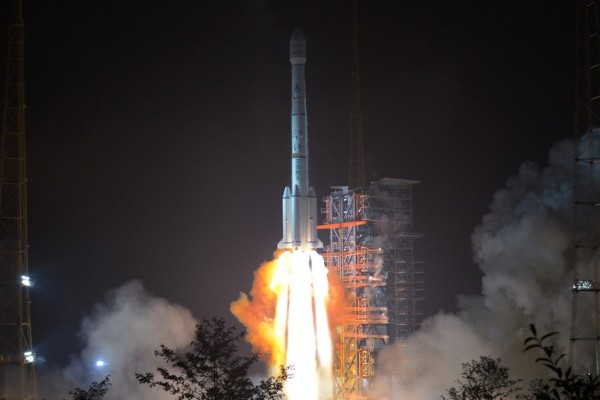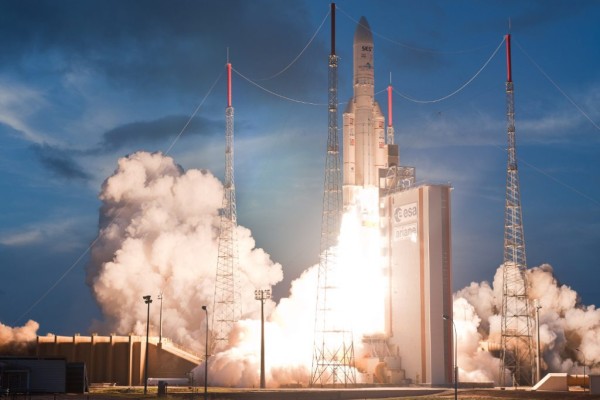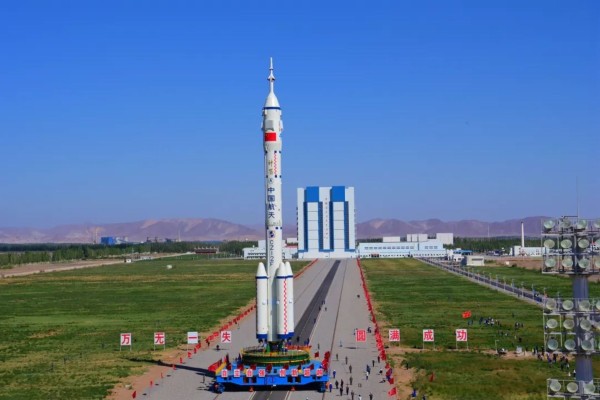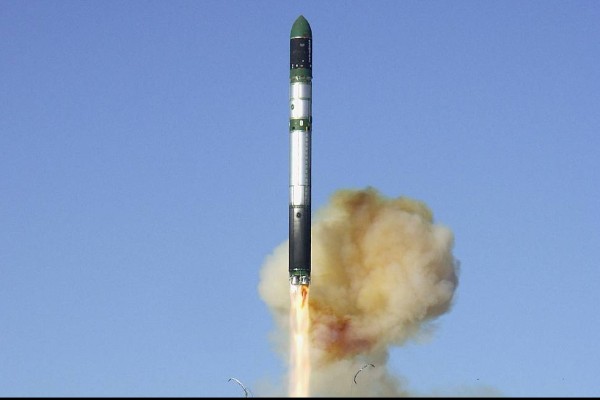- Space
- 1 year before
Soyuz: Russia's Technological Masterpiece in Space Exploration
Explore the Soyuz spacecraft's legacy: From technological breakthroughs to pivotal missions, uncover its crucial role in space exploration history.
-

- 1 year before
- Category: Space
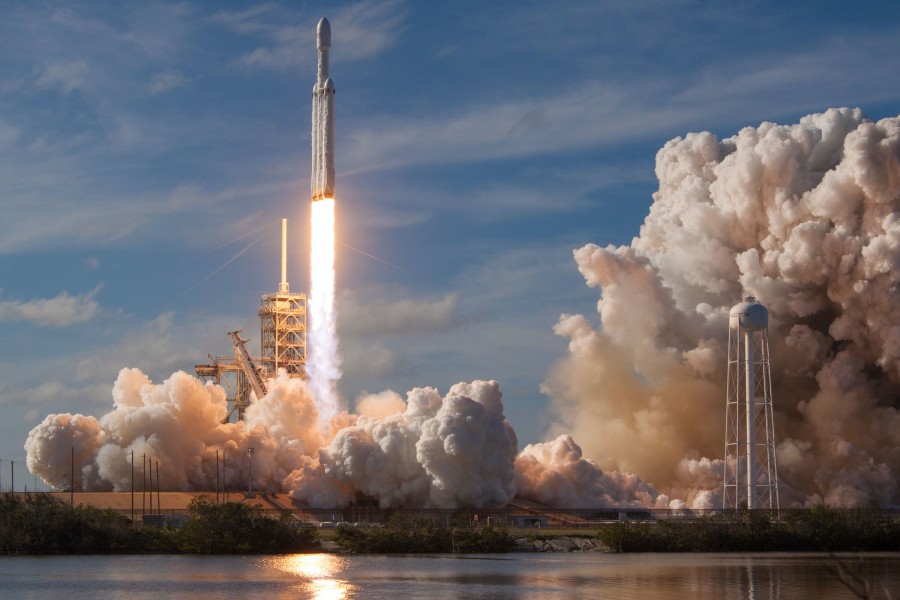
Soyuz is considered one of the most durable and versatile vehicles in the history of space exploration. Developed and used by the Soviet Union and later Russia, Soyuz has played a critical role in manned and unmanned missions since the 1960s. In this article, we will examine in detail the design evolution, technical characteristics and important tasks of Soyuz
Design Evolution and Development Process The
design of the Soyuz spacecraft began in the early 1960s, in succession to the Voskhod and Vostok programs. Soyuz was designed to create a safer and more flexible spacecraft. The design of the Soyuz was constantly evolving and several different versions were produced. These design changes were made based on several factors, such as safety, performance, and length of stay in space
Specifications and Innovations Soyuz has
a modular design consisting of three parts: the Orbital Module, the Re-Entry Module and the Service Module. The Orbital Module provides living and working space in space and includes equipment for a variety of missions. The Re-Entry Module is designed in the form of a capsule and protects astronauts during the return to Earth. The Service Module, on the other hand, houses the power supply, communication systems and propulsion systems. Soyuz also includes innovations such as an escape system and automated appointment and docking systems to improve its safety
Important Missions and Usage The Soyuz made its maiden flight in 1967 and has since been used on numerous missions
. Soyuz regularly carried cosmonauts and astronauts to the Mir Space Station and the International Space Station (ISS). In addition, Soyuz spacecraft are used as lifesaving vehicles for the ISS crew in emergency situations. Soyuz symbolizes Russia's contribution in extraterrestrial research and international space cooperation
Cultural and Historical Impact
The Soyuz holds an important place in the history of space exploration and represents the achievements of both the Soviet Union and Russia in space exploration. Soyuz's durability, flexibility and reliability reflect technological advances in space flight and international cooperation. Soyuz has set records as the world's most successful manned spacecraft and has become a symbol of resilience and innovation in space exploration. With a long operational history and successful mission record, the Soyuz spacecraft series is considered one of the most reliable and flexible spacecraft in the world. In addition to showcasing Russia's technological and scientific capabilities in space exploration, Soyuz has been a vehicle for cooperation and peaceful exploration in the international space community. Soyuz has gone down in history as a pioneer that guided the future of space exploration.
